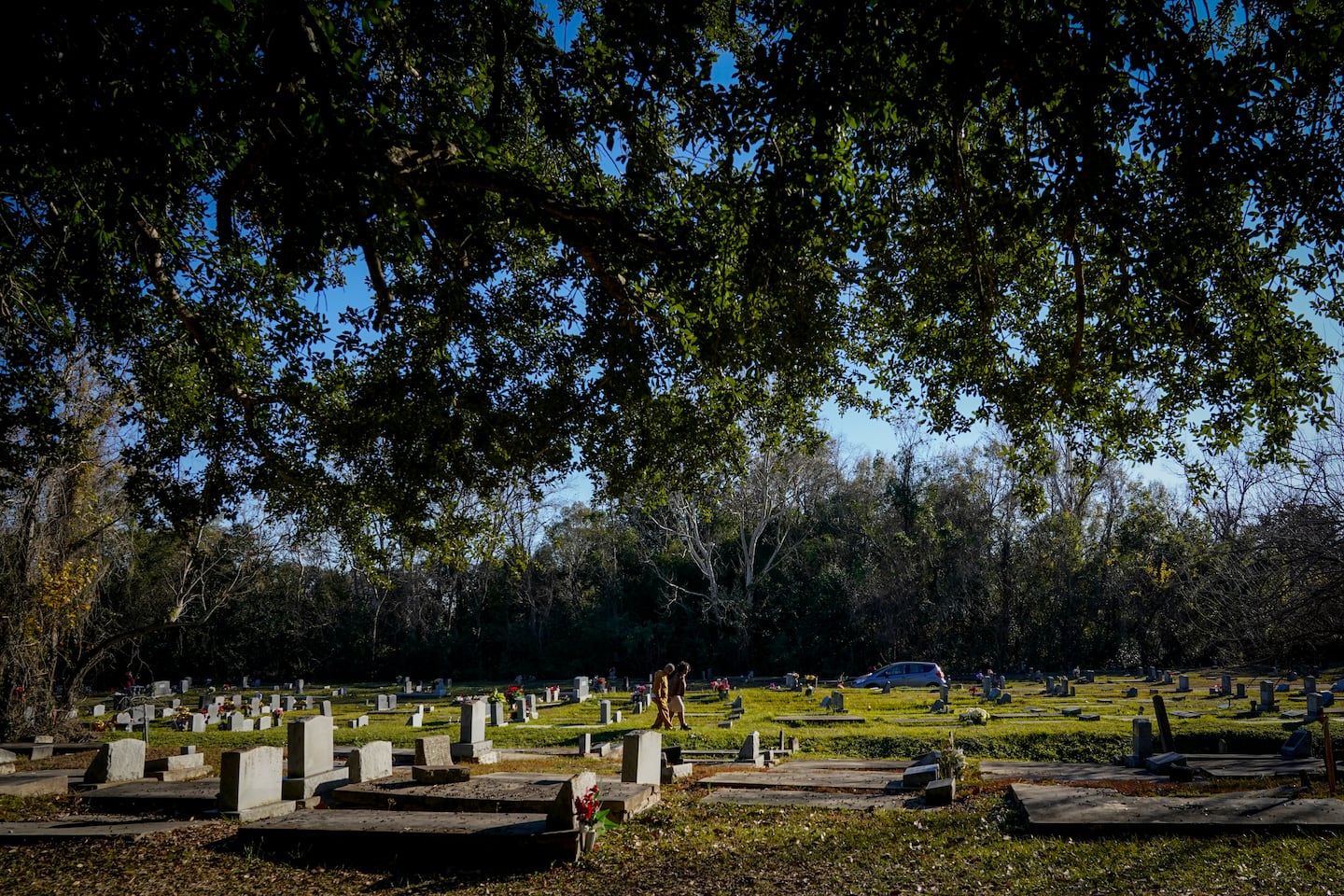Copyright The Boston Globe

Irene Papanicolas, a professor of health services, policy, and practice at Brown University School of Public Health and lead author on the study, said it builds on two others she published earlier this year. One study found that preventable and treatable deaths — in which people younger than 75 whose deaths were driven by preventable conditions such as heart disease, substance-related deaths, and chronic respiratory illness — increased in every US state between 2009 and 2019. Meanwhile, such deaths are declining in 34 other high-income countries and increasing in six, the study showed. The other report, which was published in April in the New England Journal of Medicine, found that wealth generally confers health and longevity, with the richest Americans having about a 40 percent lower risk of death than the poorest. But those wealthy people in the US still live shorter lives than Northern and Western Europeans who earn modest incomes or live in poverty, the study found. Across the board, Papanicolas said, “What we see is that over time, in every state, the number of Americans that have been dying before the age to qualify for Medicare is going up.” Together, the studies, which align with an earlier year-long examination by The Washington Post of America’s life expectancy crisis, highlight that health in America is shaped less by medical care than by policy, place, and power. In 2022, Black adults died at a rate of 427 deaths per 100,000 adults compared to 316 deaths per 100,000 White adults, according to the latest study, which analyzed data from Medicare and the Centers for Disease Control and Prevention from all 50 states and Washington, D.C. Discrepancies with race and ethnicity data limited researchers from examining premature deaths in Latino, Native American, and Asian communities, the study said. Thomas LaVeist, dean of the Tulane University School of Public Health and Tropical Medicine, said he takes note every time a prominent Black American dies before age 65. Last month, legendary R&B singer and neo-soul pioneer D’Angelo was added to his list when he died of pancreatic cancer. He was 51. “When you see picture after picture after picture after picture of all of these celebrities, these people who are part of your life, and they all died before they were able to collect Social Security, it hits you,” he said. “You realize there’s a real problem here.” How long someone lives, he said, is largely a component of three things: biology and genetics; individual health behaviors such as diet and exercise, and societal factors like breathing polluted air or experiencing chronic — and ultimately corrosive — stress. One large societal factor is the lack of a strong social safety net — one that is being ripped at the seams as the country battles over federal cuts to programs that help people eat, heat their homes, and pay for medical care. People are also confronting the rising cost of living and scrambling to secure health insurance, which is often tied to a job with benefits. “We work ourselves to death,” LaVeist said. “We live in a very stressful society, and the stress has become normative because everyone’s living under” it. Though he noted that the stress is not distributed evenly throughout the society. Black and low-wage workers disproportionately have jobs that don’t provide health insurance, so they’re either covered by Medicaid, Affordable Care Act marketplace plans, or they go without, said Avenel Joseph, vice president of policy at the Robert Wood Johnson Foundation. Health policy experts say the consequences of dying early ripple across generations, causing a loss of productivity not just from the deceased individual but from family members who provide care and support. Typically, people are “not just dropping dead,” Joseph said. “Presumably, these people are sick.” Chronic diseases kill far more people aged 35 to 64 than drugs and guns, The Post previously reported. In fact, chronic diseases erase more than twice as many years of life among people younger than 65 as all the overdoses, homicides, suicides, and car accidents combined, The Post found. And that means more doctor visits, more medications, more hospitalizations, and less time working, volunteering, and learning at a time when people are supposed to be in the prime of life, public health experts said. “You have a period of economic hardship for those families who are caring for those middle-aged adults, frankly, before their death,” Joseph said. “And then they are not having the compensation or the passage of wealth that happens as a result of Social Security benefits, your retirement benefits, pensions, and other things.” Dying before being able to utilize the benefit system that people have been paying into breaks the social contract, Joseph said.



